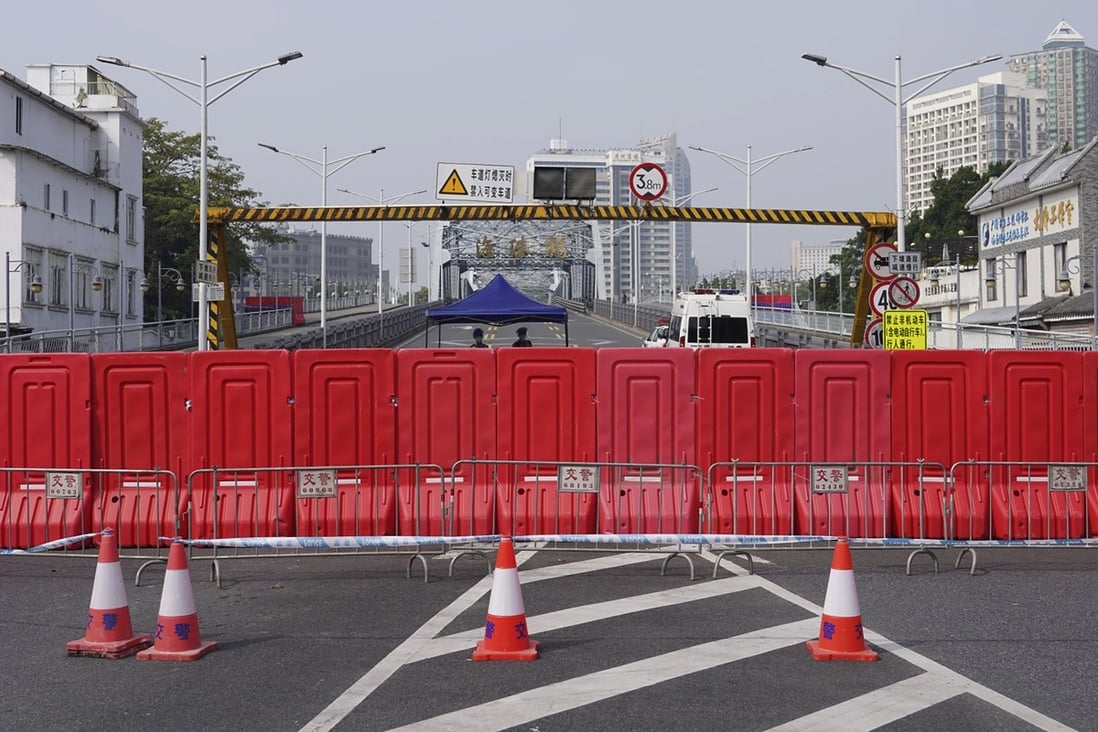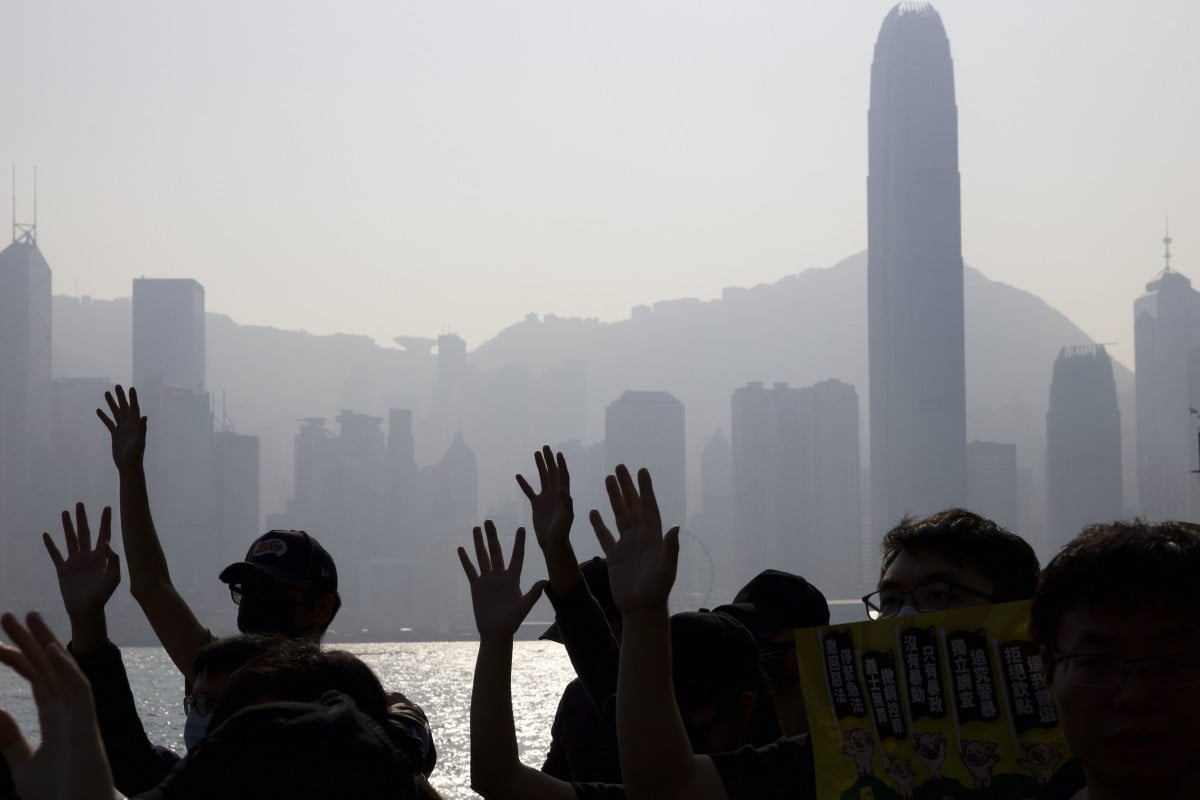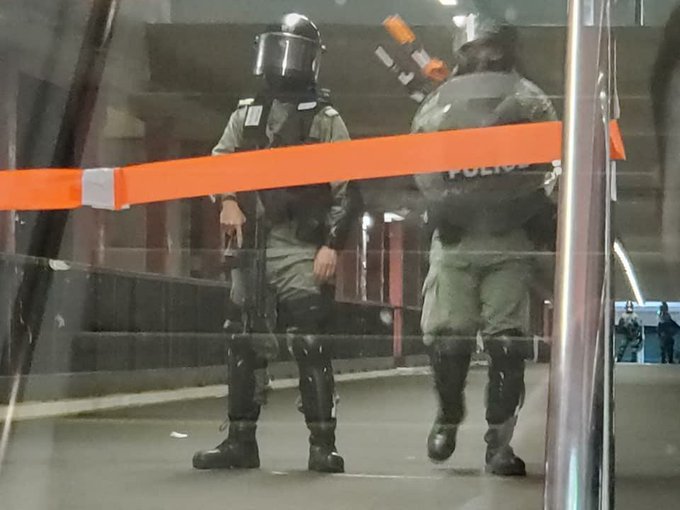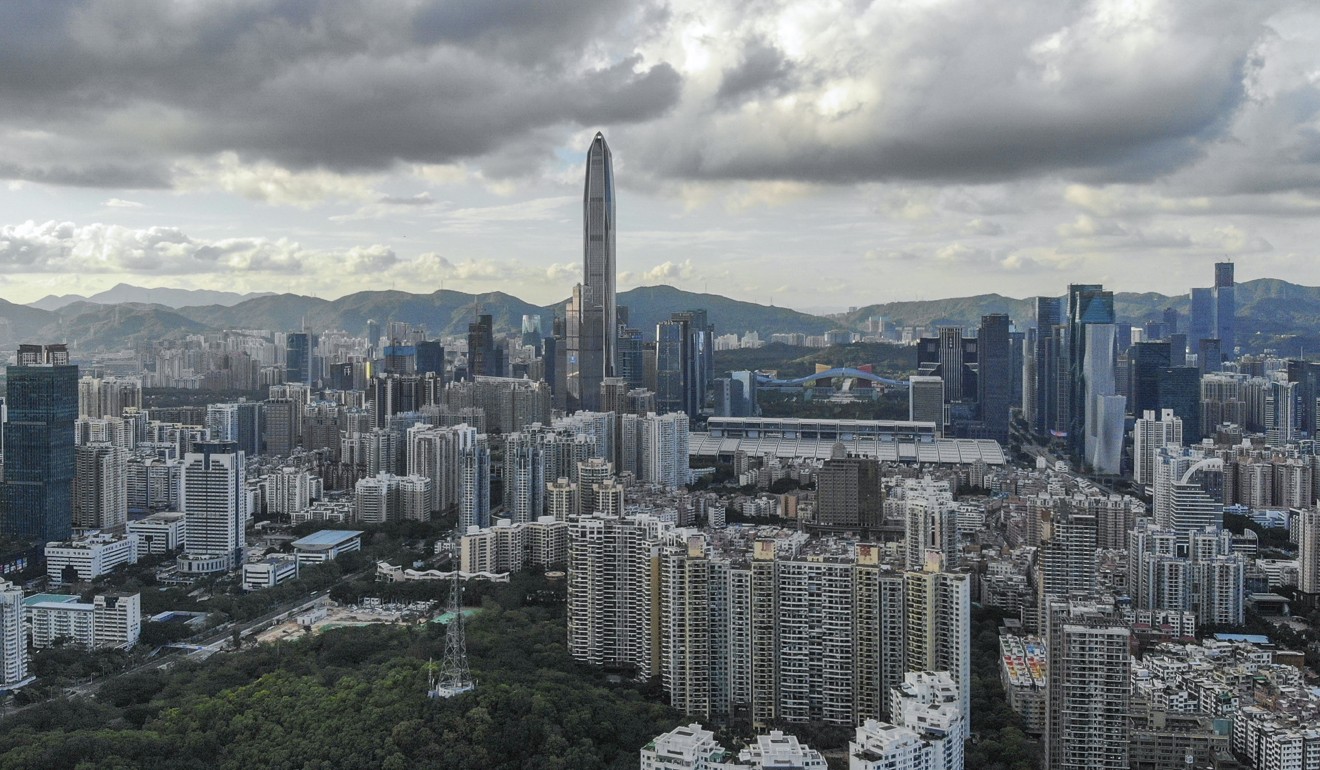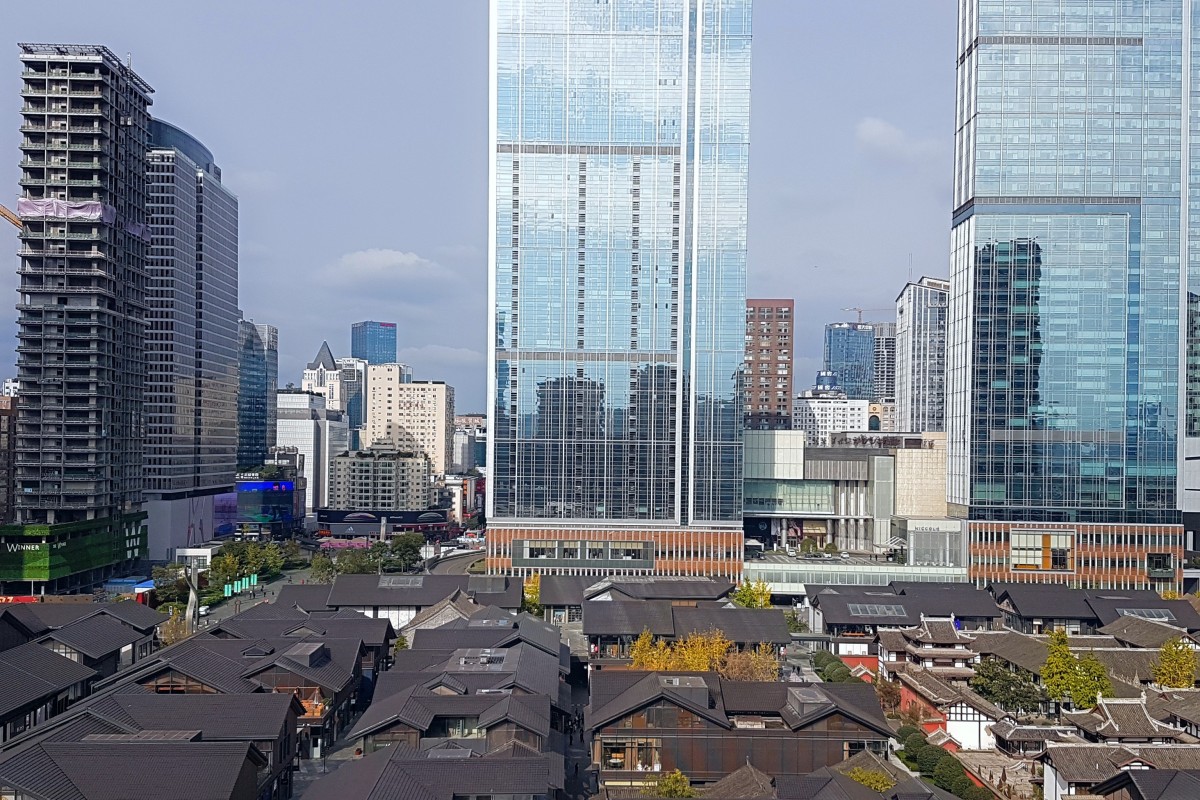Trump’s Trade War
Peace For Taiwan Is Possible
The Trump–Xi Trade Saga: From Tariff Wars to Economic Brinkmanship
Since Donald Trump first assumed the U.S. presidency in 2017, his trade negotiations with Chinese President Xi Jinping have been a defining feature of global economic relations. Spanning two non-consecutive terms, Trump's approach to China has evolved from aggressive tariff implementations to a complex interplay of economic strategies and geopolitical considerations.
First Term (2017–2021): The Genesis of the Trade War
Upon entering office, President Trump prioritized addressing the U.S. trade deficit with China, accusing Beijing of unfair trade practices and intellectual property theft. This led to a series of escalating tariffs:
-
In 2018, the U.S. imposed tariffs on $250 billion worth of Chinese goods, prompting China to retaliate with duties on $110 billion of U.S. products.
-
The conflict culminated in the "Phase One" trade deal in January 2020, where China committed to purchasing an additional $200 billion in U.S. goods over two years. However, by the end of 2021, China had fulfilled only 58% of its commitments, falling short of the agreement's targets.
Despite these efforts, the U.S. trade deficit with China continued to grow, reaching record highs by 2020.
Second Term (2025–Present): Renewed Confrontation
Re-elected in 2024, President Trump resumed a hardline stance on China, implementing a series of aggressive trade measures:
-
Tariff Escalations: In early 2025, the administration imposed a 10% baseline tariff on all Chinese imports, which was subsequently increased to 20%. Additional "reciprocal tariffs" brought the effective rate on some goods to as high as 145%.
-
Chinese Retaliation: Beijing responded with tariffs of up to 84% on U.S. goods, suspended certain agricultural imports, and initiated investigations into American companies.
-
Economic Impact: These actions led to significant market volatility, with U.S. stock indices experiencing steep declines. Former Treasury Secretary Janet Yellen described the tariffs as the "worst self-inflicted wound" on a strong economy.
Diplomatic Dynamics and Future Prospects
Despite the escalating tensions, both leaders have expressed openness to dialogue:
-
Trump's Position: President Trump has indicated a willingness to negotiate, stating he would "love to make a trade deal with China."
-
China's Stance: Chinese officials have affirmed that "the door to talks is open," emphasizing the need for mutual respect and equality in negotiations.
However, underlying issues such as technology transfers, market access, and geopolitical rivalries continue to complicate the path to a comprehensive agreement.
Conclusion
The trade relationship between the U.S. and China under President Trump's leadership has been marked by cycles of confrontation and tentative engagement. As both nations navigate the complexities of economic interdependence and strategic competition, the outcomes of their negotiations will have far-reaching implications for global trade and economic stability.
Trump’s Trade War
Peace For Taiwan Is Possible
Trump’s Trade War
Peace For Taiwan Is Possible
Trump’s Trade War
Peace For Taiwan Is Possible
Hillary's Self-Goal, Kamala's Self Goal
The Silence Around the Trade War Is What Worries Me Most
Why Can’t the U.S. Build Bullet Trains?
How Does China Do What It Does? Unpacking the Secrets Behind the “World’s Factory”
Trump’s Tariffs and the Coming Great Disruption
The Coming Storm: What Happens Now That Trump Has Slapped Tariffs on the Entire World
The Emperor and the River: Why Manufacturing Jobs Aren’t Coming Back
Why the U.S. Has Trade Deficits (And Why That Might Be by Design)
WTO Minus One: Trump’s Tariff Chaos and America’s Self-Inflicted Decline
China And Trade
Trumponomics: A 1600s Idea in 21st Century Clothing
Economic Theories That Disagree with Trump's Tariff Policy
$8 Billion Is Insufficient to End World Hunger
The Structure Of Trump's Victory
Only The Kalkiist Economy Can Fully And Fairly Harvest AI
मैं कपिल शर्मा शो का बहुत बड़ा फैन हुँ
How BYD Is Beating Tesla at Its Own Game
Revolutionizing Email: From Chronological Chaos to Smart AI Agents
The Next Smartphone Will Have IOT Elements
Building Tools Versus Solving Big Problems
Trump’s Trade War
Peace For Taiwan Is Possible

